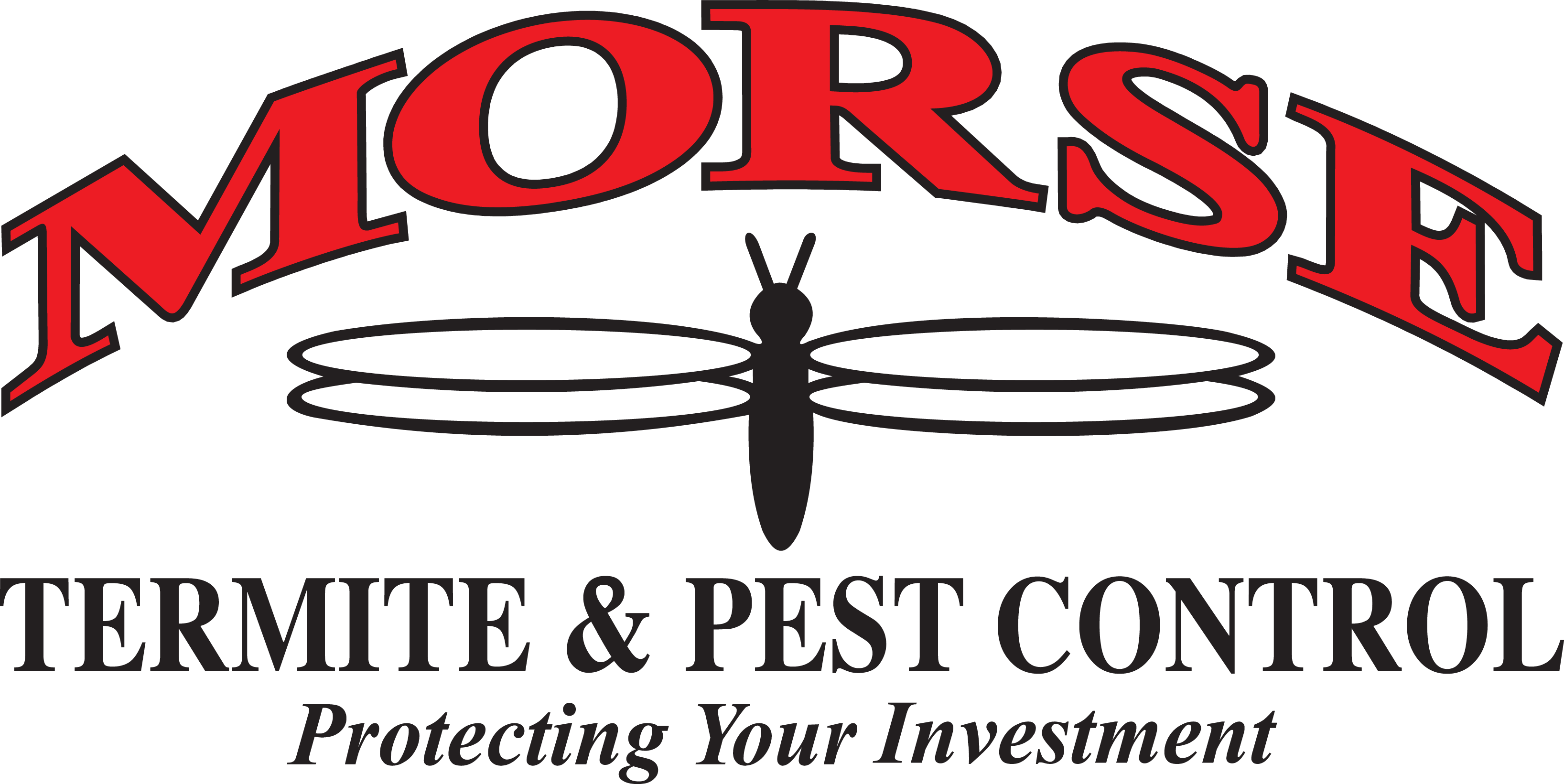Protecting Your Property From Drywood Termites

Controlling Drywood Termites
Methods of controlling drywood termites have changed.
Until recently, a structural fumigation was considered the only "sure-fire" way to gain control. And we must agree that a whole-structure treatment such as fumigation is the only way to be completely certain that all drywood termite colonies within a structure have been exterminated. However, such certainty isn’t always necessary or even practical. Because fumigations can be very expensive, involve significant preparation and require the building to vacated for a few days, there are times when fumigation is not the most practical alternative.
- The entire colony exists in a few connected wood members of the structure. The goal is to locate and eliminate that colony (or colonies in some cases).
- Drywood termite colonies tend to develop very slowly and they almost always start at exterior walls. This often means that new infestations are more accessible for detection and treatment.
- Just because drywood termites were detected at one spot in the structure does not necessarily mean that the building is generally infested.
- We (the termite control industry) don't have the diagnostic tools to tell you what is going on in all of the concealed wood members of the walls, ceilings, and floors. (But people are working on this.)

